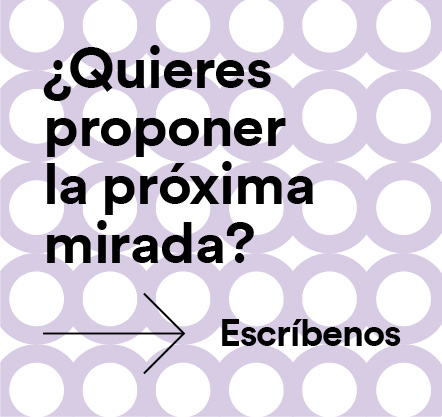See
This publication has been made by Gabriel Pizarro, student of the double Degree in Philosophy and Journalism. On the occasion of the celebration of Women's Day, last March 8, Gabriel has chosen the work of Leonora Carrington, from which we can enter into the intimacy of this artist. Can we decipher with the look the feelings of this feminine reference? What do you think?
A dream horse
If you were asked what animal you would like to be, which one would you be? I would be a horse, a strong, free and fast animal, as well as aesthetically beautiful. Apparently, Leonora Carrington also shared this idea. But who is Leonora Carrington?
Leonora Carrington (1917-2011) was a surrealist artist and writer. She was born in England, in a mansion and under the care of a wealthy family who owned land and horses. From an early age, she showed artistic skills and later enrolled in the Academy of Arts of Amédée Ozenfant (cubist painter), in London. In her work one can perceive a great influence of alchemy and figures such as Franz Kafka or Borges, as well as the Celtic tales that her mother told her as a child.
Leonora's paintings present a great subjective charge, where the British artist opens her inner world under an invented landscape; an example of this is her Self-Portrait (The Inn of the Dawn Horse).. If we analyze the painting, we can see four elements that catch our attention: the window that sample the lush landscape, the white wooden horse above Leonora and a hyena. Doesn't the room catch your attention? We see that these four elements are alone in a huge space. With this painting, the painter sample a very intimate thought, which could represent the loneliness she feels when she belongs to lAsyou can see, Leonora's personality can be deciphered through the contemplation of her work. It is important to mention her great importance for the surrealist movement, to which she never ceased to belong, despite the evolution of her production. Compared to artists of the stature of André Breton, René Magritte or Marx Ernst, Leonora stood out for her unmistakable style. As we had anticipated, the artist receives many influences of diverse origin that she manages to amalgamate in a unique artistic personality, which reflects, in turn, a complex inner personality. This is something we can see if we take a look at Green Tea.to high society, from which he wishes to free himself (like the white horse that runs free). Moreover, the hyena seems to be his alter ego, that is why he draws it with a similar posture to the girl sitting on the armchair. This symbolism is core topic to understand his thinking and the way of life he finally chose, since he decided to abandon his status to live humbly in Mexico.
As can be seen, Leonora's personality can be deciphered through the contemplation of her work. It is important to mention her great importance for the surrealist movement, to which she never ceased to belong, despite the evolution of her production. Compared to artists of the stature of André Breton, René Magritte or Marx Ernst, Leonora stood out for her unmistakable style. As we had anticipated, the artist receives many influences of diverse origin that she manages to amalgamate in a unique artistic personality, which reflects, in turn, a complex inner personality. This is something we can see if we take a look at Green Tea.
This painting reminds us of the creations of El Bosco. Mythology, inventiveness and the creation of dreamlike spaces are very recurrent in Leonora's works, perhaps because she herself had the hope of finding her own magical place where she could be happy .
|
(Leonora Carrington, "Self-Portrait (The Inn of the Dawn Horse)," 1937-38. |
(Leonora Carrington, "Green Tea," 1937-38. MOMA Museum, NY.© 2022 |
In 1937 she met Max Ernst, with whom she began a relationship and with whom she moved to Paris. During World War II, Max Ernst was arrested by the Nazis and taken to a concentration camp. In the midst of this nightmare, Carrington traveled to Spain to rescue him; however, she was admitted to a psychiatric hospital. In 1940 she managed to escape. After this date she settled in Mexico, where she could have found the peace she had been looking for and where she met Emericko "Chiki" Weisz. Leonora was a great artist who not only dedicated her life to painting, but also created sculpture and wrote several books.
If you have been interested in this brief sketch of Leonora's life, I recommend Joanna Moorhead's book Leonora Carrington. A Surreal Life. Although, if you prefer to read the British writer herself, Memories from Below may interest you, as it narrates her experience in a psychiatric hospital in Spain.
If you liked the article, you might be interested in one of our Degrees!











